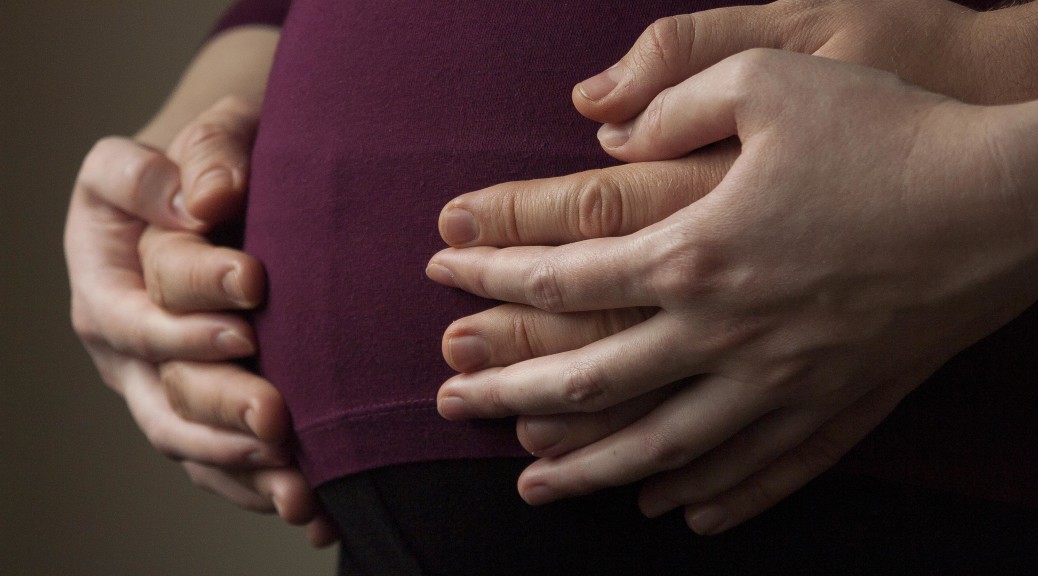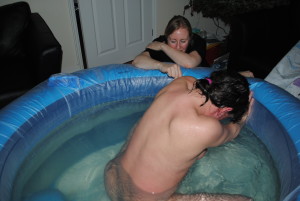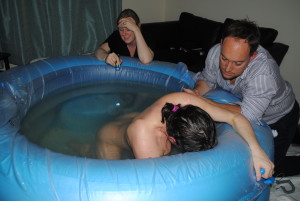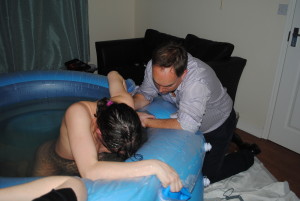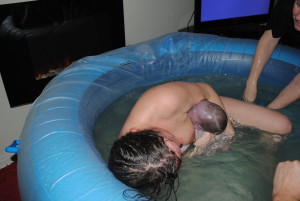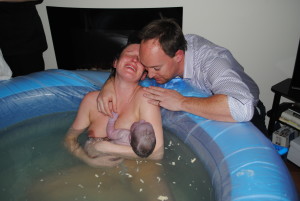The National Maternity Hospital at Holles St (NMH) has been offering a home birth service since 1999 to low risk women living within Community Care Areas 1, 2 and 3 in South County Dublin.
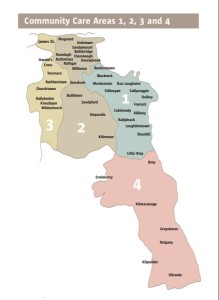
Last week they released their home birth figures for 2014.
In the period January to December the NMH Community Midwives team facilitated 40 home births. These can be broken up into first time mother births (nulliparous) and second time mother or subsequent births (multiparous).
Seven first time mothers gave birth within the scheme and thirty three second or subsequent time mothers, totalling 40 home births in all.
The number of mothers who planned to have a home birth and booked in with the scheme stating their intention to have a homebirth was 60 (20 first time mothers and 40 second and subsequent birthing mothers). Women transferred out of the scheme for a variety of reasons; some were antenatal (eg post dates), others were during labour (eg slow progress, others were due to maternal request for pain relief or meconium staining in the liquor). There were no transfers due to fetal compromise following birth.
The overall rate of transfer to hospital care in 2014 was 33%. This can be divided into first time mothers and other mothers as follows; in 2014 the percentage of first time mothers who signed up for a home birth and who achieved one was 35%, (65% did not) and the percentage of second or subsequent mothers who signed up for a home birth and achieved one was 83% (17% did not).
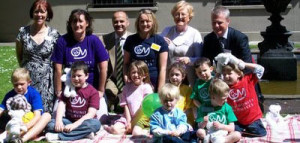
In 1999 – 2011, of the women that booked for a home birth, the percentage of first time mothers who achieved a home birth was 46% and the percentage of second and subsequent mothers who achieved a homebirth was 83%.
The figures for 2014 match this percentage of achieving a home birth for multiparous women (83%). but a significantly lower number of first time mothers achieved a home birth as planned than in the time period 1999-2011 (35% compared to 46%). This could be due to a number of factors. Since the total population of first time mothers planning a home birth is so small (20), individual variations can have a large statistical impact.
Since the criteria for risk assessment has remained the same throughout the scheme, and the criteria of transfer have also remained the same it is hard to identify particular reasons. It is possible that as with other aspects of the Maternity Services, the Community Midwives in the NMH are under greater pressure with more and more ETH (Early transfer Home) clients and tighter schedules. Could this affect the transfer rate of first time mothers? It has also been noted that the NMH is not currently in a position to extend or expand the home birth service, so perhaps more emphasis is being placed on recruiting first time mothers for the less labour intensive DOMINO scheme rather than the home birth scheme. Hopefully, it is an anomaly that will be redressed in this year s figures!
 In 1999 – 2011 taking the total number of births into account, the ratio of first to second (and subsequent time mothers) achieving a home birth with the scheme was 17% to 83%, This is repeated with minimal deviation in 2014, with the ratio being 17.5% to 82.5%.
In 1999 – 2011 taking the total number of births into account, the ratio of first to second (and subsequent time mothers) achieving a home birth with the scheme was 17% to 83%, This is repeated with minimal deviation in 2014, with the ratio being 17.5% to 82.5%.
The figures from the National Home Birth Scheme as presented by the HPO have not yet been released for 2014, so we cannot say what proportion of home births nationally the NM home birth scheme accounts for. However, the figures from 2013 for the National Home Birth Service were released by the HPO recently. and the number of home births attended by independent midwives on behalf of the HSE totalled 162 births. Assuming these figures are relatively consistent for 2014 it is reasonable to assume that the NMH home birth service accounted for some 20% of home births in Ireland. (Note there were some private home births carried out during 2014 by a private midwifery company but no figures are available on these yet, and since the service only started in the final quarter of 2014 the figures are not yet likely to be large enough to alter a 20% odd share held by the NMH)
 The home birth service provided by the NMH is a public service run through the HSE. Its main appeals quoted by mothers are that it is free, that there is continuity of care should there be a need for transfer to the hospital, that ambulances are put on standby when the mother goes into active labour, that distances to the hospital are no more than 20 minutes in rush hour traffic, that the risk criteria are not as tight as those used in the MOU, e.g. a higher BMI is acceptable, and women over the age of 40 are routinely accepted onto the scheme and that hospital services are very easily accessed antenatally and postnatally.
The home birth service provided by the NMH is a public service run through the HSE. Its main appeals quoted by mothers are that it is free, that there is continuity of care should there be a need for transfer to the hospital, that ambulances are put on standby when the mother goes into active labour, that distances to the hospital are no more than 20 minutes in rush hour traffic, that the risk criteria are not as tight as those used in the MOU, e.g. a higher BMI is acceptable, and women over the age of 40 are routinely accepted onto the scheme and that hospital services are very easily accessed antenatally and postnatally.
The downsides to the service quoted by mothers is that not many of the visits occur at home, that there is a team of midwives so there is no guarantee as to which of them will be with you in labour, that since the scheme is run from a hospital that prides itself in active management, some of this ethos might pervade the community midwifery team and finally that even though the scheme supports women labouring in water, it does not support water birth itself, and women are asked to stand up out of the pool or get out of the pool for the birth if they have been labouring in water prior to the birth.
The Community midwives at NMH can be contacted at (01) 637 3177

